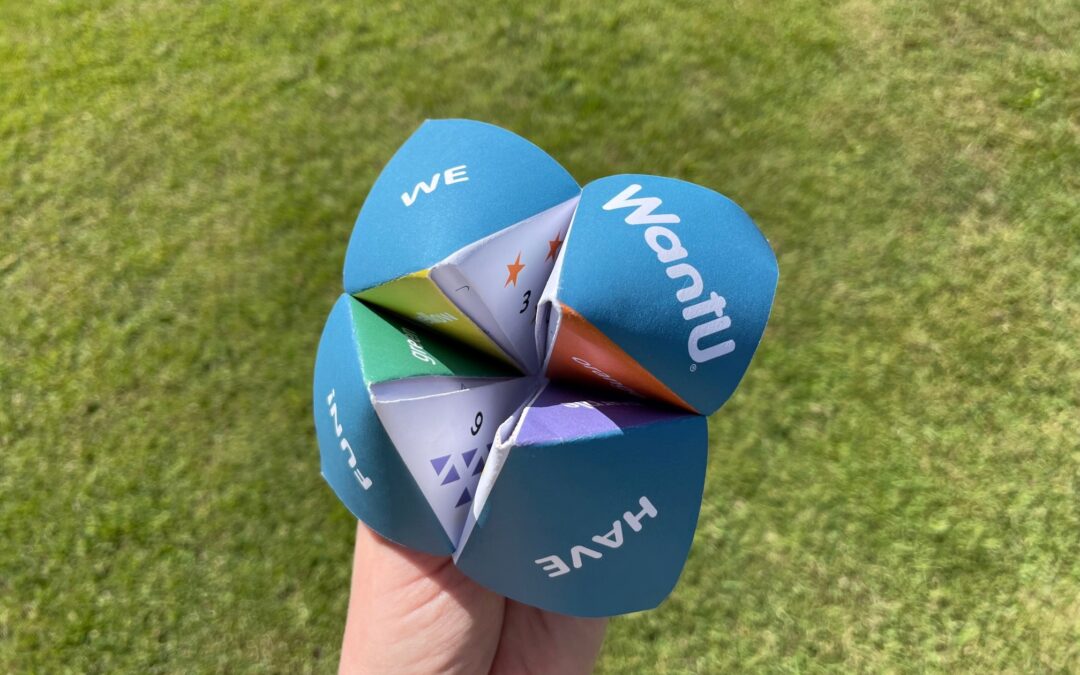Ahh, the chatterbox! In an existence where screens are taking over as entertainment, it’s nice to reflect on such a playground favourite. They were the perfect way to pass time at school before getting into trouble for giggling at the back of the class. Childhood wouldn’t have been the same without them. All it took was a pencil and a piece of paper folded with the utmost precision but most likely torn straight from an exercise book.
This paper-folding activity is also known as a form of origami, from the Japanese words “oru” (to fold) and “kami” (paper). Yet the chatterbox is now played worldwide, with different names in each country, such as the “flip flapper” in Denmark. But where did the chatterbox come from?
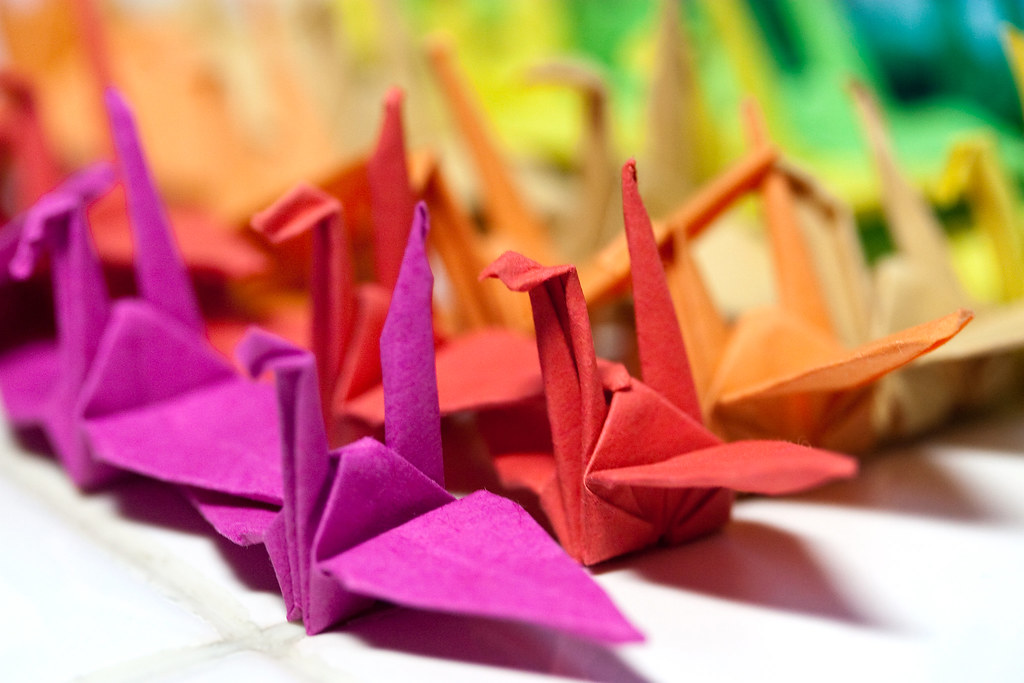
The Evolution of the Chatterbox
The chatterbox has undergone a few changes to get to what it is now. From a salt cellar to a fortune teller, there’s been quite the evolution. Yet its physical structure has always been the same.
Salt Cellar
The chatterbox was originally introduced to the Western world in an origami book in 1928. It debuted as a “salt cellar”. Yep! When standing on a table, the pockets where your fingers would usually go were made to hold salt. But they can also be used to hold eggs or more exciting things like small snacks – hey, I just said what you were thinking.
Cootie Catcher
Did someone say cooties?! If that doesn’t bring back playground memories of being temporarily teased by your friends, then I don’t know what does! “Cootie” apparently comes from the Malay word “kutu” which means “dog tick”. But it also comes from the British definition of being infested with lice, as coots (waterfowl) were believed to be covered in them. The term was also later used by the military in World War I when soldiers were ravaged by body lice.
However, it was more popularly known as a playground term used to describe pretend “germs” that girls would get from being around boys (ick!). That’s where the cootie catcher came in. Girls were considered contagious until a friend used a cootie catcher to rid her of diseases. Tiny dots would be drawn inside the cootie catcher to represent bugs, and the corners of the cootie catcher would act as pincers, trapping all the cooties inside!
Fortune Teller
The use of the chatterbox as paper fortune tellers date back to school playgrounds in England, in the 1950s. Since then, it’s been used as a fun way to ask and answer questions like “will I become a millionaire?” It’s up to the creator to decide on the answers or the question that must be asked. Some sneaky fortunes I remember using are “you’ll have 5 houses” (HAH! I wish!) or “you’ll marry a goat” (I was so funny).
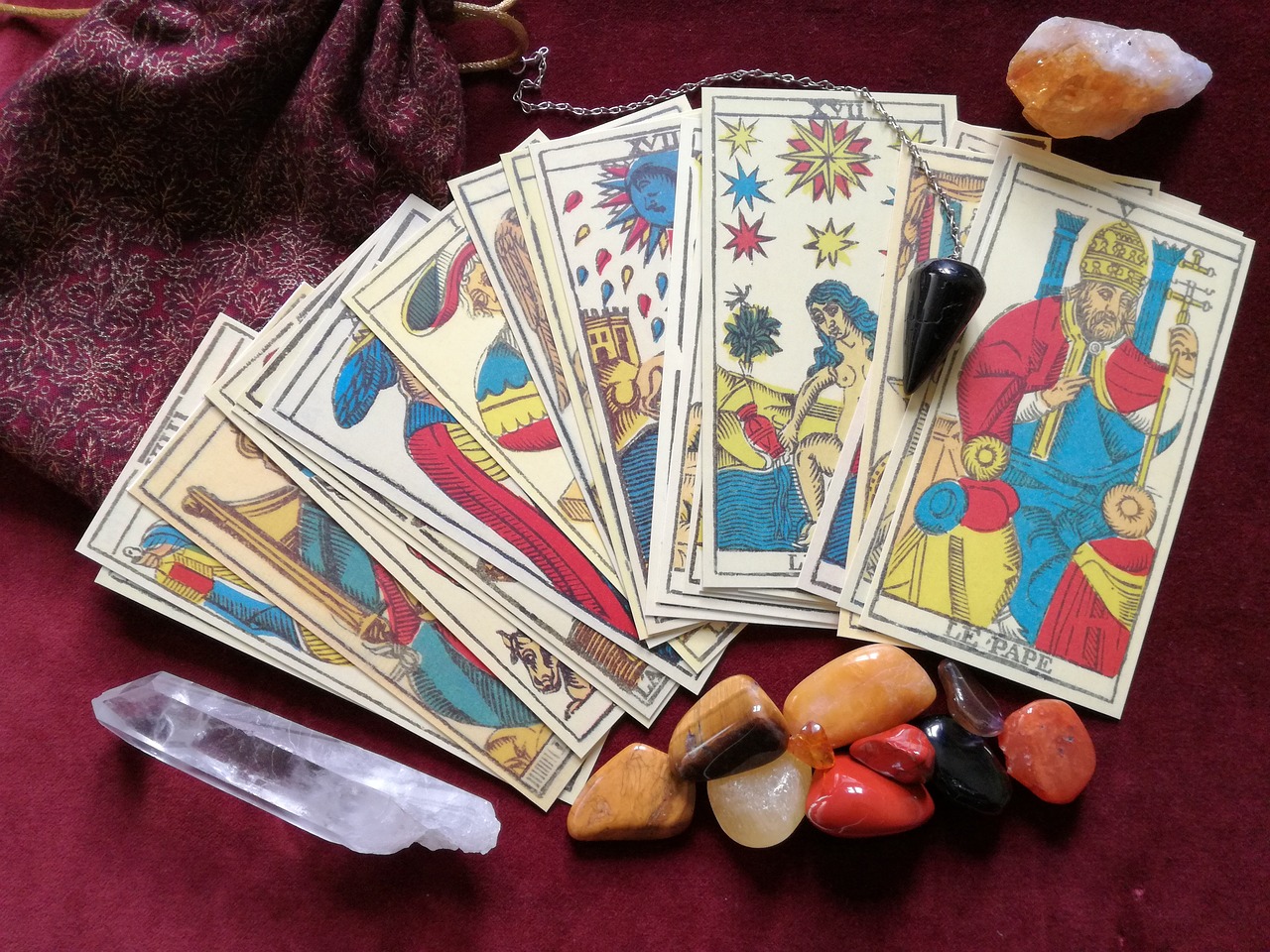
How to use it
Look, we’re all friends here, it’s okay to admit that you may have forgotten how to use one. It’s probably been a while since you’ve played with one, let alone made one! But guess what? You’re not alone. So, here’s a little refresher on how to fold and use it – your kids will love you for it!
Folding the Chatterbox
- Start off with a square piece of paper.
- Fold the square in half, both ways.
- Fold each corner to the middle.
- Flip it over and do the same thing on the other side.
- Fold in half and unfold. Then do the same thing the other way to further crease the folds.
- You can now put your thumb and forefinger inside the square pockets to move the chatterbox!
If you’re a visual person like me, then this video will probably help.
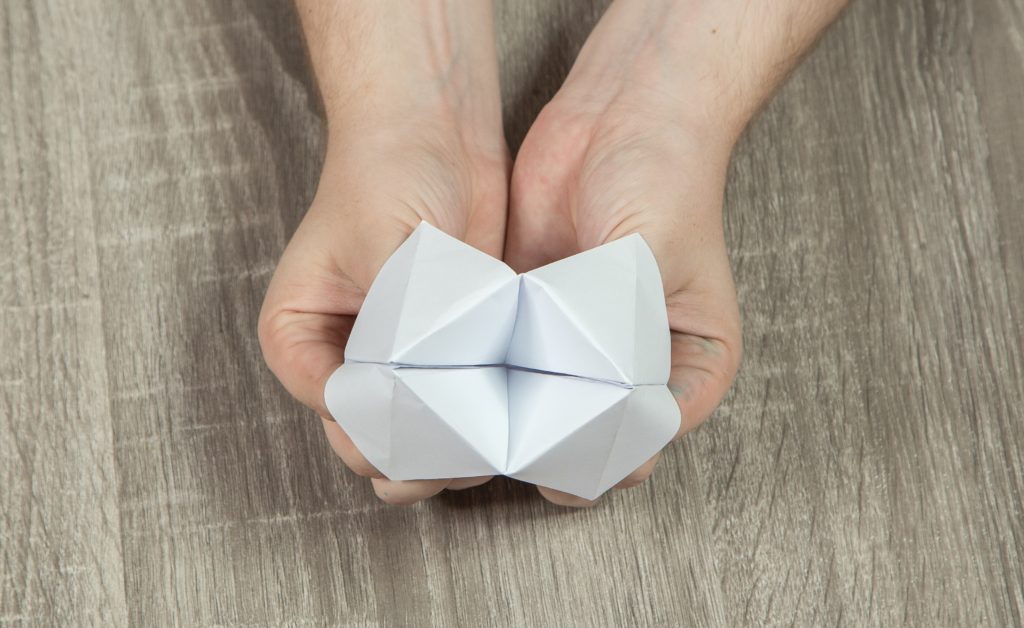
Using the Chatterbox
I think it’s a given that the chatterbox isn’t used to rid people of lice these days, I mean, we have expensive products for that now – please don’t remind me.
- Ask someone to pick a word that’s written on one of the square pockets.
- Open and close the chatterbox by spelling or counting it out.
- Ask them to choose one of the numbers or colours that are written inside. Repeat step 2 one or two times.
- Ask them to choose one of the options written inside.
- Open it to reveal the hidden message inside!
You can write yes, no, maybe, funny messages, or even dares inside. It’s completely up to you! If you want to use it as a fortune teller, ask it a question before playing the game, and make sure the answers inside will work for that question.
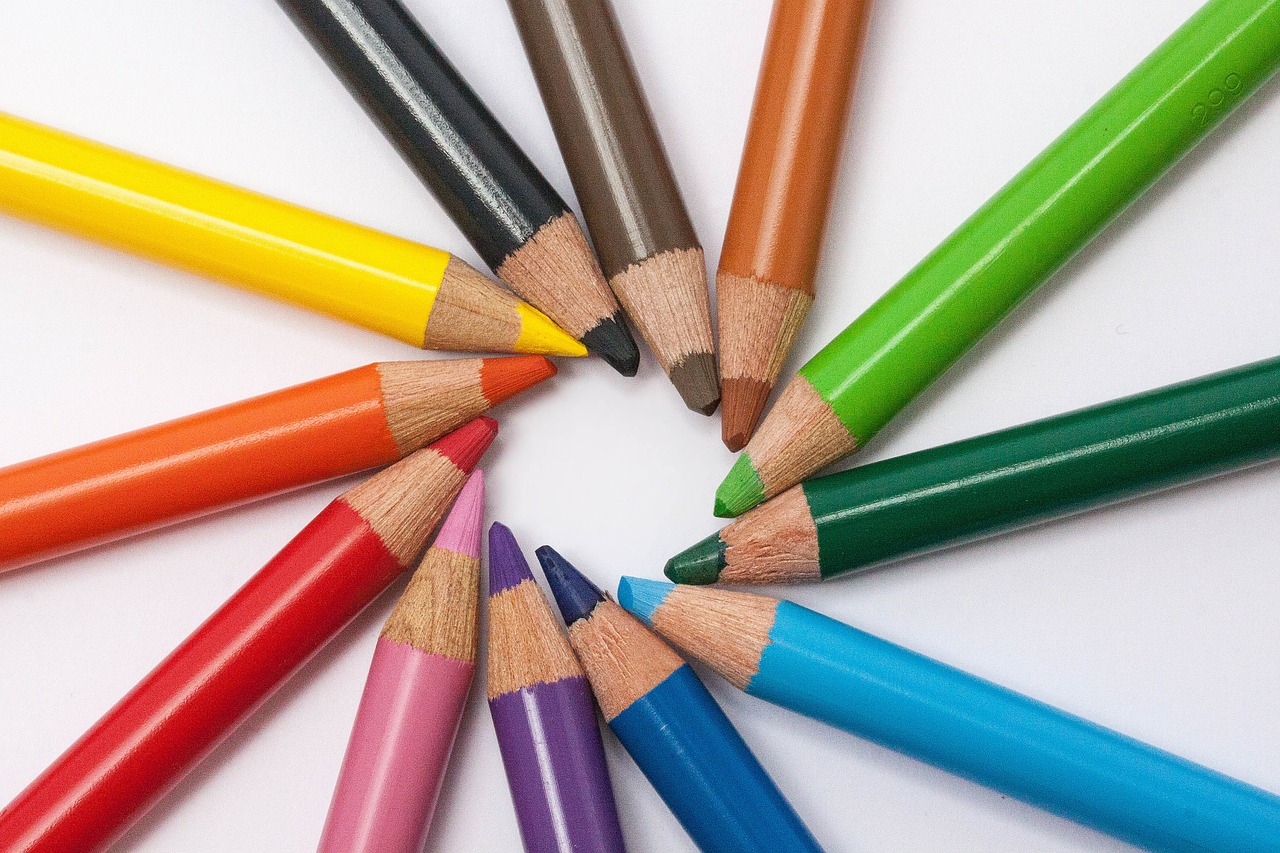
No matter what you choose to call it, the chatterbox is a fun activity that can provide endless giggles. Its versatility also allows children to be creative with their writing and how they decorate it. Help your kids create and decorate their own chatterbox, the opportunities are endless.
In honour of the chatterbox, we’ve created our own that you can print out to play with your kids! It’s filled with fun questions for you, the parent, and the kids. It’s also the perfect activity to strike up an exciting conversation!
Click here to download and print your double-sided KidsWantU ready-to-use chatterbox, then join the KidsWantU community to follow the fun.
References
http://www.origamiheaven.com/historyofthesaltcellar.htm
https://boingboing.net/2015/08/18/brief-history-of-the-cootie-ca.html
https://books.google.com.au/books?id=arQy0v_PBx4C&pg=PA245&redir_esc=y#v=onepage&q&f=false
https://mentalfloss.com/article/67389/brief-history-cootie-catchers
https://slate.com/human-interest/2015/11/where-did-the-word-cooties-come-from.html
https://www.origamispirit.com/2012/05/uses-for-a-traditional-playground-paper-toy/
https://www.pbs.org/independentlens/between-the-folds/history.html

